SOURCE: AFI

The presence of the Chinese spy ship Xiang Yang Hong 01, currently positioned off the coast of Vizag, has drawn attention to maritime activities in the region. Real-time AIS positions indicate that the vessel is virtually stationary, maintaining a speed of 0.2 knots. This development comes after India had issued a second Notice to Airmen and sailors, highlighting the significance of ongoing operations in the area.
Against the backdrop of recent developments, including India’s testing of the Agni-V Multiple Independently Targetable Re-entry Vehicle (MIRV) system, the maritime environment has become increasingly dynamic. Notably, there is one more active Notices to Airmen (NOTAM) for a range of 3500 kilometers, suggesting potential preparations for the testing of the K-4 Submarine-Launched Ballistic Missile (SLBM).
Continue readingSOURCE: AFI

Dr. V K Saraswat, the former Director General of the Defense Research and Development Organization (DRDO), recently made remarks regarding India’s successful test of the Agni-5 Multiple Independently Targetable Re-entry Vehicle (MIRV). He emphasized that this achievement marks a pivotal moment for India, positioning it among a select group of nations with advanced nuclear capabilities. According to Dr. Saraswat, the Agni-5 MIRV test is a game-changer that significantly alters India’s geopolitical and strategic standing, particularly in Southeast Asia.
In Dr. Saraswat’s assessment, the Agni-5 MIRV test introduces a transformative element to India’s defense posture. By enhancing the efficacy of its missile systems, India can achieve greater annihilation potential with fewer launches, thereby optimizing its strategic deterrent capabilities. Dr. Saraswat aptly describes this phenomenon as a “Force Multiplier,” indicating that the deployment of MIRV technology minimizes the number of missiles required to neutralize potential threats.
Continue readingSOURCE: RAUNAK KUNDE / NEWS BEAT / IDRW.ORG
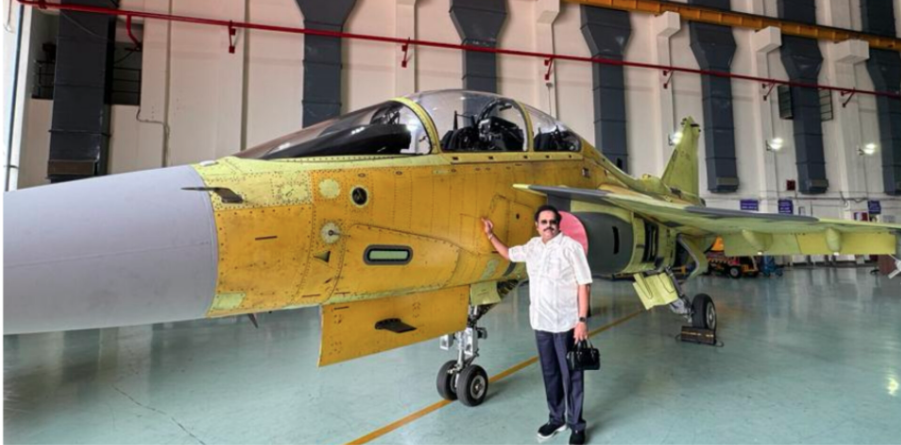
Hindustan Aeronautics Limited (HAL) is accelerating production of the LCA-Tejas Trainer aircraft. The state-owned aerospace company aims to deliver six Tejas Trainers this year, part of an 18-aircraft order from the Indian Air Force (IAF).
Following the delivery of the first Tejas Trainer (LT-5201) last October, HAL has prepped two more (LT-5202 & LT-5203) for delivery. These aircraft have successfully completed low-speed taxi trials, with a fourth (LT-5204) nearing completion.
Continue readingSOURCE: RAUNAK KUNDE / NEWS BEAT / IDRW.ORG
India and Germany recently held their High Defence Committee (HDC) meeting in Berlin, marking a significant step forward in their bilateral defence partnership. During the meeting, officials from the German company Krauss-Maffei Wegmann (KMW) presented a proposal for India’s Mounted Gun System (MGS) tender.
KMW’s proposal centers around the AGM Iveco 8×8, a mounted gun system built on an 8×8 wheeled chassis. This system boasts several features that cater to the Indian Army’s specific requirements:
Continue readingSOURCE: RAUNAK KUNDE / NEWS BEAT / IDRW.ORG
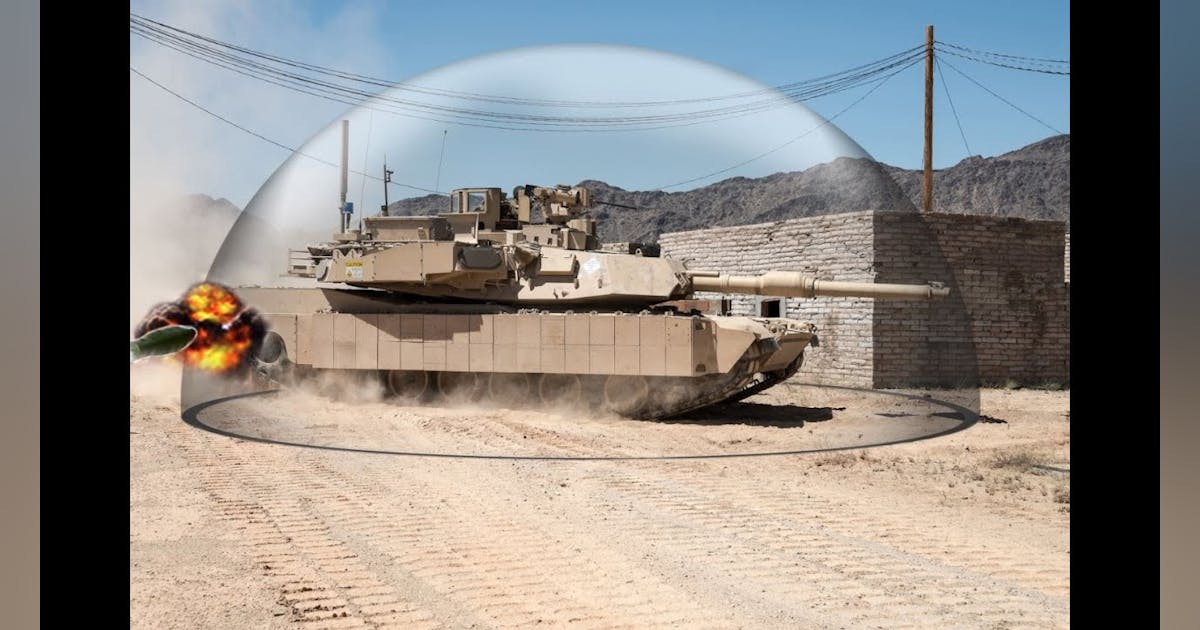
India’s Defence Research and Development Organisation (DRDO) is embarking on a crucial project to enhance the combat capabilities of its armoured regiments. The Combat Vehicles Research and Development Establishment (CVRDE), a premier DRDO laboratory, is spearheading the development of a Battlefield Situational Awareness System (BSAS) as part of the “Advanced Vetronics for Futuristic AFVs” project.
The BSAS is a comprehensive system designed to provide real-time battlefield awareness to crew members operating Armoured fighting vehicles. This heightened awareness will significantly improve their decision-making capabilities in dynamic combat situations.
Continue readingSOURCE: AFI

India’s recent announcement of the successful test of its Agni-V Intercontinental Ballistic Missile (ICBM) equipped with Multiple Re-entry Vehicle (MRIV) technology has stirred significant interest and speculation among defense analysts and observers worldwide. The unveiling of the first official images of the Agni-V MRIV has sparked discussions, particularly regarding its distinctive conical nose, which sets it apart from its predecessors.
The Agni-V MRIV test marks a notable departure from the previous iterations of the Agni series, particularly in terms of its design and technological capabilities. The prominent feature of the conical nose on the Agni-V MRIV raises questions about the evolution of India’s ballistic missile program and hints at the possibility of a more advanced and sophisticated weapon system than initially perceived.
Continue readingSOURCE: AFI
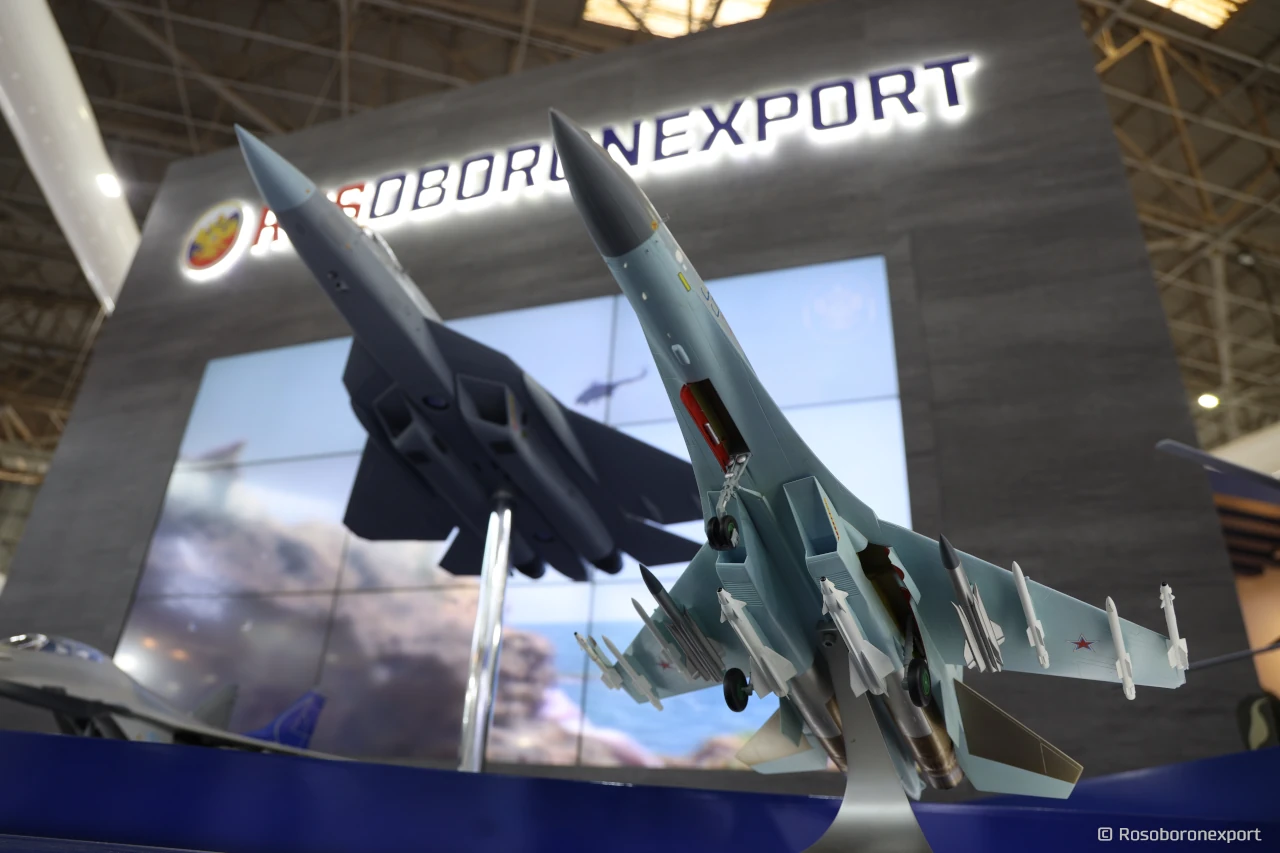
In recent years, the global arms trade landscape has witnessed a significant shift, particularly concerning Russian arms exports. The statistics reveal a stark reality: Russian arms exports fell by 53 percent between the periods of 2014–18 and 2019–23. This rapid decline has raised concerns and sparked discussions among analysts and policymakers worldwide.
The decline in Russian arms exports over the past five years has been pronounced, with notable implications for both Russia’s defense industry and its geopolitical influence. In 2019, Russia exported major arms to 31 states; however, by 2023, this number dwindled to only 12 states. Such a substantial reduction in the number of recipient states underscores the challenges facing Russia’s arms export market.
Continue readingSOURCE: AFI
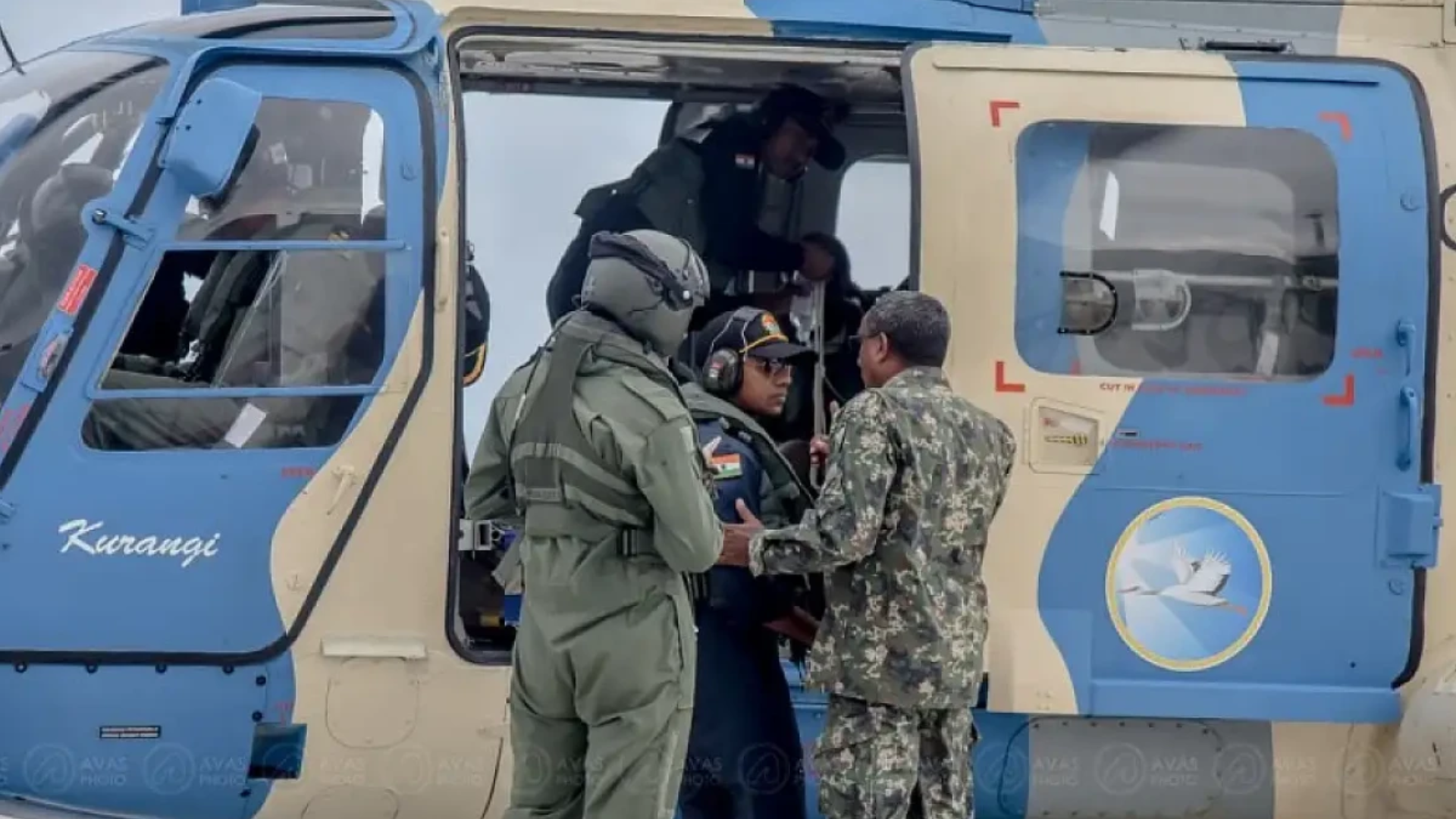
According to reports from Maldivian media on Monday, Indian military personnel stationed in the Maldives and responsible for operating a helicopter have departed from the island nation. They have handed over the helicopter’s operations to an Indian civilian crew, as confirmed by a media official from the Maldives National Defence Force (MNDF) to the Adhadhu news portal.
The Indian soldiers, who were stationed in Addu city, have returned to India after transferring the responsibility of helicopter operations to the civilian crew. However, there has been no immediate confirmation from India’s defense ministry regarding the withdrawal of the first batch of Indian military personnel from the Maldives, as reported by the media in the Maldives.
Continue readingSOURCE: IDRW.ORG TEAM.

The much-anticipated Indian-made fifth-generation fighter jet, the Advanced Medium Combat Aircraft (AMCA), is inching closer to reality. In a recent interview with The New Sunday Express, Krishna Rajendra, Project Director, AMCA, revealed the ambitious yet achievable timeline for the program.
If all goes according to plan, the AMCA’s maiden flight is slated for September 2028, marking a significant milestone for Indian aerospace ambitions. This ambitious target hinges on a successful four-and-a-half-year development period.
Continue readingSOURCE: IDRW.ORG TEAM.

Russia’s Yantar Shipyard has finally launched long-delayed sea trials for the Indian Navy’s first Project 11356 frigate, the “Tushil.” The warship was seen departing the shipyard in a recent video, marking a significant milestone after over a year of setbacks.
The “Tushil’s” construction was originally slated for completion in August 2023. However, the project encountered multiple delays. Initial setbacks due to COVID-19 pushed the timeline back by nine months, and the ongoing war in Ukraine caused further delays of six months.
Continue readingSOURCE: AFI

March 9th, 2024 marks the second anniversary of a tense incident between India and Pakistan. On that day in 2022, a BrahMos missile – a supersonic cruise missile jointly developed by India and Russia – inadvertently landed in Pakistani territory near Mian Channu.
Pakistan has used the anniversary to reiterate its call for a comprehensive report from India on the incident. While India has expressed regret and reportedly held some officials accountable, a detailed investigation report remains undisclosed.
Continue readingSOURCE: AFI

A Chinese research vessel, the Xiang Yang Hong 01, has been spotted entering the Bay of Bengal region, according to maritime data. This comes just days before India’s planned missile tests off its eastern coast.
This is the second such vessel to enter waters near India in recent weeks, raising eyebrows. India is reportedly scheduled to test two nuclear-capable ballistic missiles, the K4 submarine-launched and Agni-V land-based variants, between March 11th and 16th. The exact date may vary depending on various factors.
Continue readingSOURCE: AFI
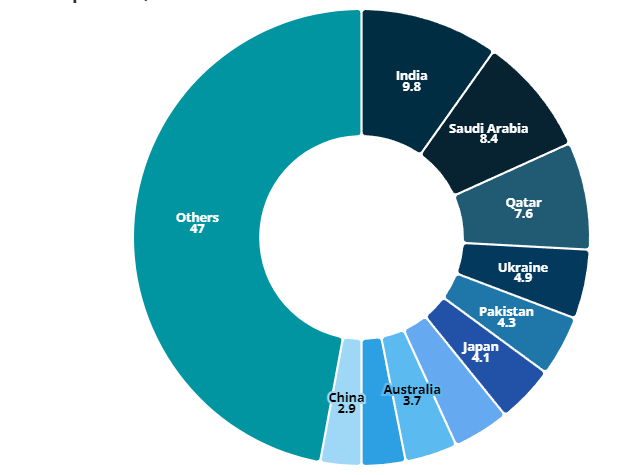
India holds the title of the world’s largest arms importer even with its “Atmanirbhar Bharat” (self-reliance) initiative to develop domestic military equipment. This information comes from data released by the Stockholm International Peace Research Institute (SIPRI).
While India’s aim is to reduce reliance on foreign weapons, imports actually rose 4.7% between 2014-2018 and 2019-2023. This growth is likely due to ongoing border tensions with China and Pakistan.
Continue readingSOURCE: AFI

A new report from the Bulletin of the Atomic Scientists raises serious concerns about a potential resurgence of nuclear testing by major powers. The report suggests that existing nuclear-armed nations are not only modernizing their arsenals but also contemplating the possibility of conducting test detonations.
The report highlights a domino effect that could be triggered by a single test. If a major power like Russia, China, or the United States were to resume nuclear testing, it could prompt similar actions from its rivals, leading to a dangerous escalation.
Continue readingSOURCE: AFI
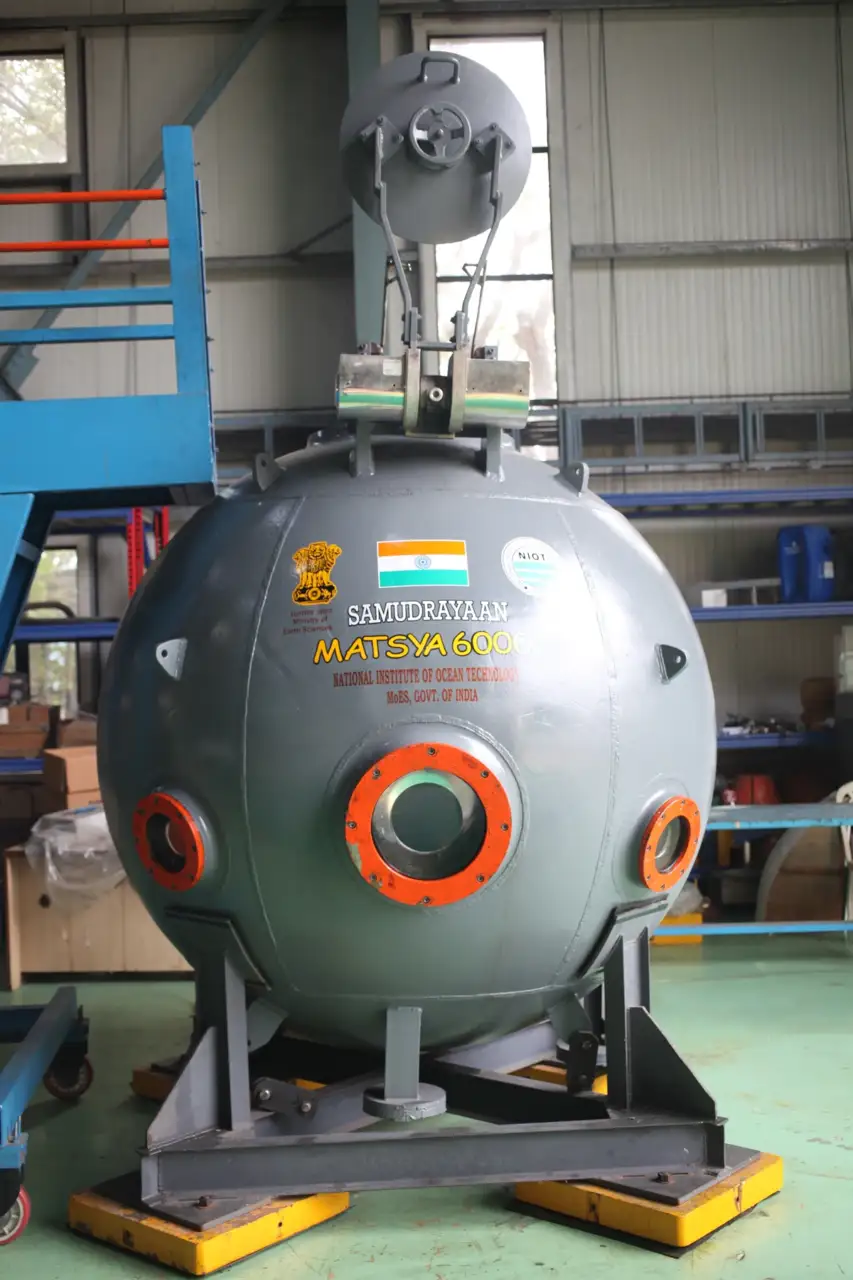
India’s quest to unlock the mysteries of the deep ocean takes a significant stride forward with the Samudrayaan mission. Announced by Union Minister Kiren Rijiju, this ambitious endeavor aims to send a crewed submersible to explore the ocean floor by the end of 2025.
The Samudrayaan mission signifies a significant leap forward for India’s oceanographic capabilities. The mission’s core objective is to deploy a specially designed submersible, capable of withstanding immense pressure, to depths of 6,000 meters. This will allow scientists to directly observe and study the previously unexplored ocean floor, a realm teeming with unique ecosystems, potential resources, and scientific wonders.
Continue reading